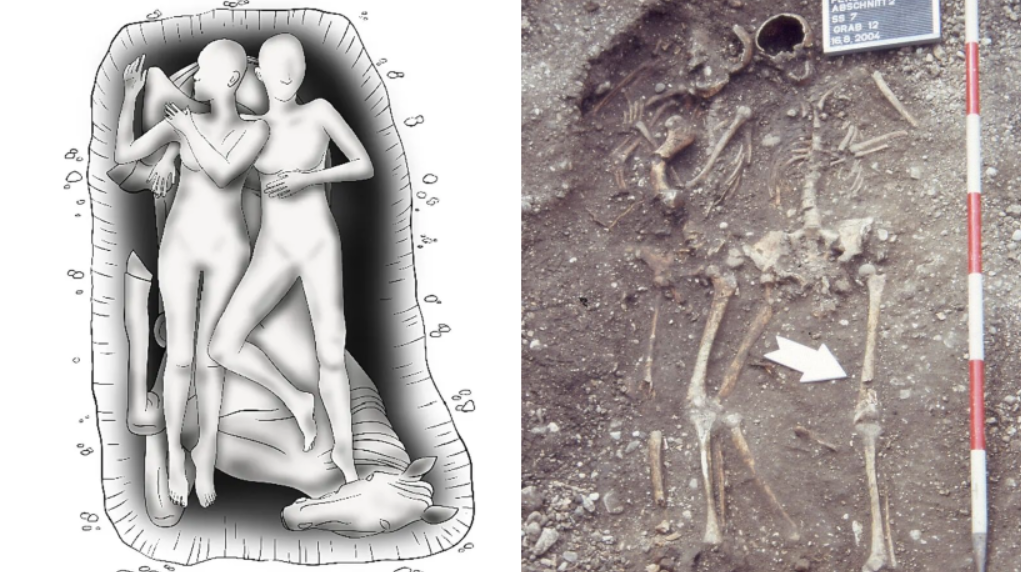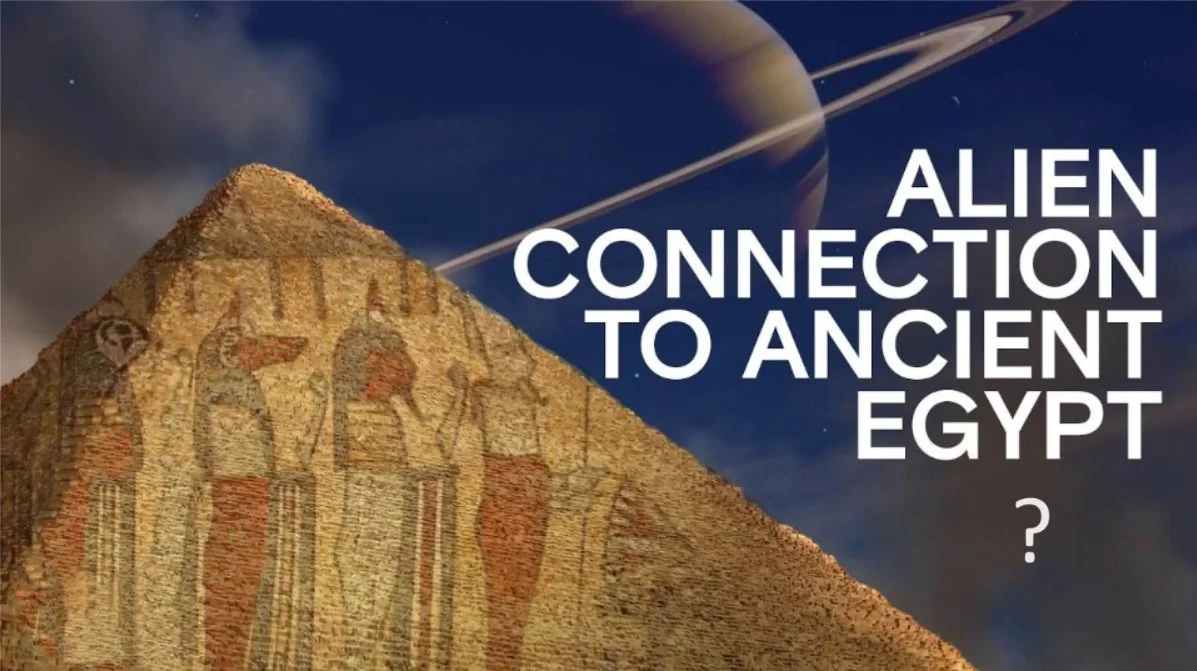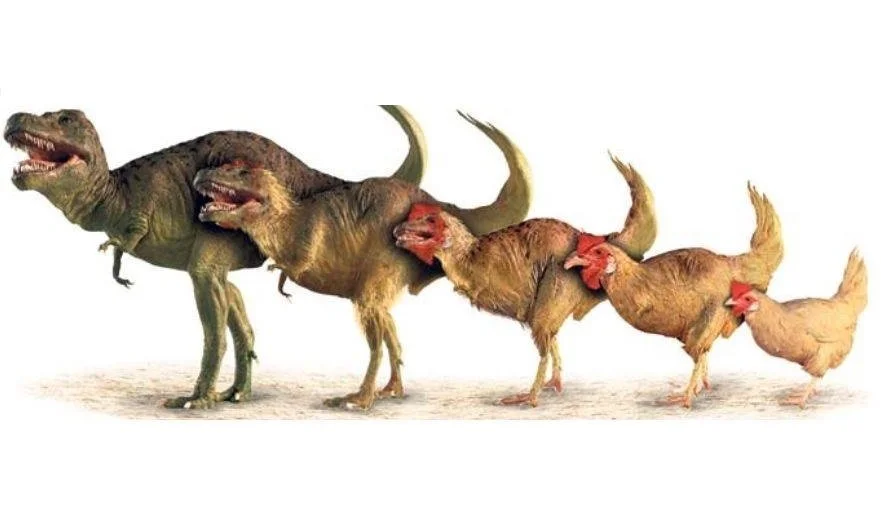Oceania was the last region to be settled by humans and the last part of Oceania to be settled by humans was Polynesia. Polynesians are famous for their voyages to remote islands in distant parts of the Pacific. Using outrigger canoes, they founded a society across islands stretching in a triangle from the Hawaiian Islands to Easter Island to New Zealand. That society was reasonably well-connected by trade, language, culture, and religion, despite its distribution over such a large area.
One major question today is where did the Polynesians originally come from? Several theories have been proposed over the years, but one which is gaining ground is that the Polynesians originated from Taiwan, parts of Papua New Guinea, and Southeast Asia. Another intriguing area of study is the genetic connection between Polynesians and South Americans.
Could the Polynesians Have Origins in South America?
One early theory of the origin of Polynesians is that they came from South America and sailed west, eventually reaching the Polynesian triangle. This was proposed by the archaeologist, writer, and explorer Thor Heyerdahl , who even constructed a Polynesian balsa wood raft and, with a team, sailed it west of Easter Island from the South American coast. This demonstrated the feasibility of using a primitive craft to cross the Pacific.
The thing to remember about experimental archaeology is that just because something could have theoretically been done doesn’t mean that it actually happened that way. Although it is plausible that Polynesia was settled by ancient South Americans; all the genetic, linguistic, and ethnographic evidence points toward a predominantly southeast Asian origin.






